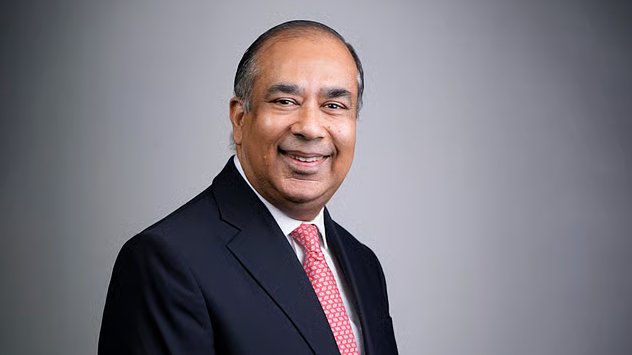
Reinventing Siemens India for a Digital Future
Share

Siemens India is reshaping its identity in one of the world’s fastest-growing economies.
The company now focuses on automation, digitalisation, and smart technologies to move up the value chain.
CEO Sunil Mathur says Siemens is evolving from a motor and drive maker into a full-scale tech powerhouse.
He highlights how Siemens’ deep domain experience fuels new solutions that merge automation with data analytics.
Now, Siemens delivers software-driven tools that solve real-world challenges for industries like power and chemicals.
India’s Economic Resilience Fuels Growth
Mathur believes India’s steady growth amid global turmoil is a major strength.
He notes that India’s GDP expansion of 6.5–7% ranks among the best worldwide.
This macro stability allows Siemens to plan long-term and invest in digital transformation projects.
Siemens’ two key verticals—mobility and smart infrastructure—align with India’s massive infrastructure push.
The company sees opportunities in trains, power systems, and the energy transition across cities and states.
Driving Digital Industries and Manufacturing Excellence
Siemens wants to make India’s manufacturing globally competitive through software-hardware integration.
Mathur says India already leads in software and now aims to lead in advanced manufacturing.
Globally, production is shifting from mass output to digital, customized manufacturing.
Siemens combines local insight and global technology to deliver flexible, tailored solutions.
Mathur notes, “We now ask customers about their biggest problems and build one integrated solution.”
Capital Discipline and Strategic Investment
Profitability remains Siemens India’s top principle, with growth as its enabler.
Mathur stresses the importance of efficient capital allocation and consistent financial performance.
The recent demerger of its energy business allows sharper focus on core technologies.
Siemens has invested over €1 billion in India, including major CapEx and large orders for Indian Railways.
Government infrastructure spending, now at 3.5% of GDP, continues to drive demand and stability.
Railways and Infrastructure: Long-Term Opportunities
Railways remain a huge opportunity for Siemens, despite slow reform and complex execution.
Mathur says India has electrified 37,000 kilometres of tracks—equal to Germany’s entire network.
He calls India’s railway modernization a “sea change,” crediting strong progress and better execution.
Siemens continues to expand its mobility and smart infrastructure footprint with new factories.
The company also invests in talent, hiring and reskilling thousands for digital roles.
Confidence in India’s Growth Story
Mathur says India’s consistency and credibility now attract strong global support.
He notes Siemens’ global leadership is “very upbeat” about India’s prospects.
Siemens India posted Rs 23,564 crore revenue and Rs 2,665 crore profit last fiscal year.
Mathur adds, “Earlier we had to sell the India story. Now, it sells itself.”
Siemens India’s integration with the nation’s growth strategy continues to deliver results.
